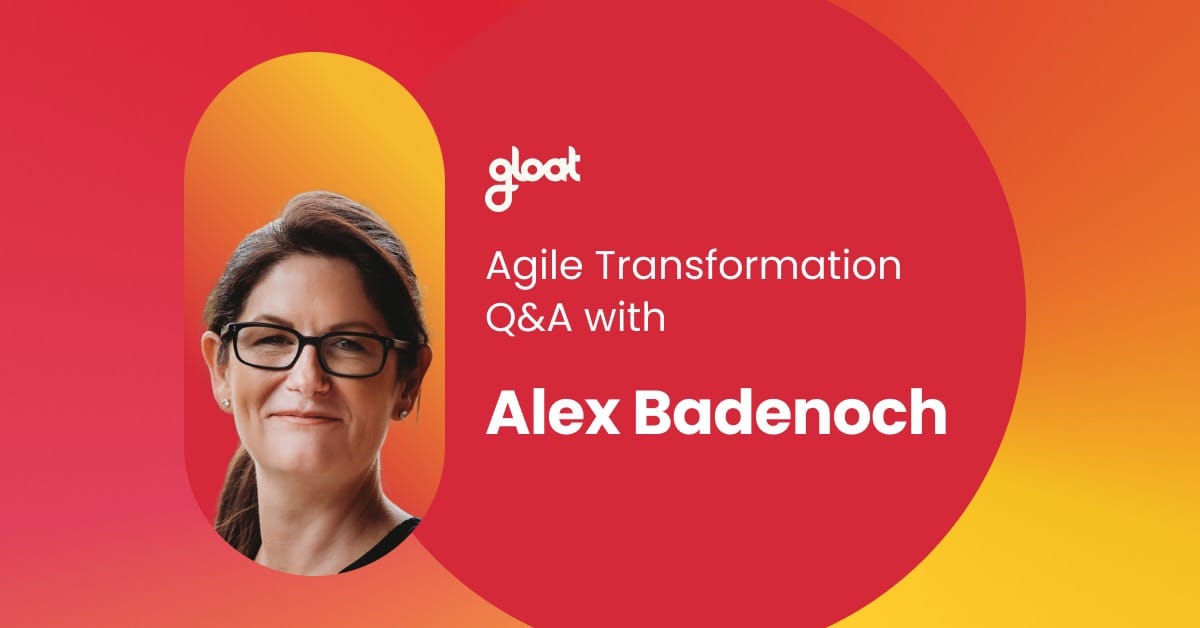What is a talent experience platform? All you need to know
Harness AI to reimagine talent management for employees and managers Facing rising burnout and plummeting productivity levels, leaders are looking for new ways to boost engagement and set their people up for success. Many organizations are reevaluating career development, which is a smart decision given that 63% of employees are interested in being considered for

Harness AI to reimagine talent management for employees and managers
Facing rising burnout and plummeting productivity levels, leaders are looking for new ways to boost engagement and set their people up for success. Many organizations are reevaluating career development, which is a smart decision given that 63% of employees are interested in being considered for new opportunities within their companies.
At the same time, employee experience continues to be under the spotlight, particularly as headlines about quiet hiring and quiet quitting circulate. While the former is about employees taking on more responsibilities and the latter describes people doing the bare minimum, both underscore the importance of talent experience. Now that employees are placing a premium on growth and development, it’s up to leaders to prioritize their overarching professional journeys and identify how their organizations can help them take their careers to the next level.
While reimagining career development is a challenging initiative, there’s a new generation of talent experience platforms that promises to optimize the employee lifecycle. When combined with the right mindsets and frameworks, these systems can ensure workers and their employers are growing together to reach their full potential.
What is a talent experience platform?
Talent experience platforms are technology designed to help organizations improve how they recruit, train, and develop their workforce. They can automate and streamline the process of talent acquisition (whether internal or external), onboarding, development, and redeployment while also providing insights that can enable business leaders to make better workforce planning decisions.
As workers raise the bar for career development opportunities, talent experience platforms are becoming a crucial tool for maintaining engagement and retention and preparing employees for the future of work.
What is talent experience and why does it matter?
Talent experience starts with onboarding and continues as an ongoing process until an employee leaves your organization. Although some people may use talent management and talent experience interchangeably, there’s a key difference between the two terms. While talent management is a series of fragmented processes that emerge at key points of the employee lifecycle, including performance reviews and exit interviews, talent experience focuses on the overarching employee journey and what leaders can do to optimize it.
To create a compelling talent experience, businesses must set clear goals and expectations for every employee, objectively assess strengths and weaknesses, and create and update career development plans with the support of an employee’s manager.
When businesses offer a positive talent experience, employees gain a sense of purpose and feel motivated to play a proactive role in helping their organization achieve success. It boosts engagement, improves performance, and can even pave the way for better collaboration. Creating a compelling talent experience equips every team member with a clear understanding of their role and responsibilities, so they can easily align with coworkers to accomplish projects efficiently.
What are the benefits of a talent experience platform?
Given the important role that talent experience plays in propelling businesses forward, there are several reasons why talent experience platforms are beneficial.
#1. It improves productivity
Research from Slack reveals a noticeable difference in performance and efficiency between employees who can connect their company’s goals to their personal career ambitions, versus those who aren’t aligned. While employees in the former group are motivated to take action and contribute their best to their organizations, those in the latter category often feel disengaged and work in silos. Talent experience platforms offer career pathing, which gives employees the chance to align with their manager and identify career goals that match both their ambitions and the needs of the business.
#2. It enhances employee engagement
According to leading HR analyst Josh Bersin, no leader can afford to overlook the power of human potential. “I don’t believe this quiet quitting stuff, I don’t buy it,” he explains. “I think most people come to work to do something great for themselves and their teams. They just want to know where they should spend their time.”
Rather than leaving employees to figure out what their next steps should be, talent experience platforms take the guesswork out of career development. Top systems include tools to break down the skills that are required for a specific role and the knowledge gaps employees need to bridge to qualify for this opportunity. Gloat’s Skills Landscape is one example of a tool that enables granular skill-level understanding of a given role, so that employees and their managers can stay on the same page about their development.
#3. It fuels internal mobility and employee-led career development
Access to career development opportunities is non-negotiable for employees. 67% of workers said they would quit their jobs if internal mobility wasn’t offered. Yet, one in three employees acknowledge that they don’t know what their career prospects are at their current organization.
Instead of leaving people in the dark, organizations that are committed to employee-led career development harness talent experience platforms to recommend learning opportunities that align with their goals. The platforms can generate suggestions for mentorships, projects, gigs, and full-time roles based on an employee’s skills, interests, and ambitions.
4 priorities for a top-tier talent experience platform
When it comes to choosing the right talent platform, there are a handful of functionalities that leaders should prioritize.
#1. Job architecture management
While job architectures are the backbone of most organizations, keeping them accurate can be tricky and time-consuming. Rather than updating it manually, talent experience platforms include job architecture management tools that let leaders create and manage job designs in real time. AI insights and recommendations can help executives understand the best skills for a job, visualize career paths, view compensation benchmarking, and write descriptions that accurately reflect the scope of the role.
#2. A single source of truth for skills
Leaders need a single source of truth for skills so they can understand where knowledge gaps lie and which capabilities are on the rise and decline. In the past, this information was scattered across disparate HR systems, making it difficult for executives to gain a full understanding of their workforce’s capabilities.
Fortunately, talent experience platforms include skills management consoles, which enable leaders to build and manage their unified skills ontology, gain skill insights, and understand trends both internally and across the market. Leveraging this functionality helps businesses make sense of skills supply and demand so they can adapt their upskilling and reskilling strategies accordingly.
#3. Career pathing
The days of one-way career paths are finally coming to a close. Yesterday’s career ladders are being replaced by lattices of horizontal and vertical development opportunities. With the help of a talent experience platform, employees and managers can now access career pathing tools that identify best-fit development opportunities and empower workers to expand their professional horizons.
#4. Streamlined access to career growth opportunities
According to Bersin, companies now use an average of 70 different employee tools to enhance engagement and power professional development. This influx of applications creates a disjointed experience that leaves a lot of employees uncertain about which tools to use and when.
Instead of expecting employees to sort through an array of systems, businesses that are committed to enhancing talent experience are creating streamlined pathways to all the growth opportunities they have to offer. Opportunity Hub is one example of a unified destination for employee development that brings volunteering, coaching, coursework, and projects and gigs into a single digital location. Employees can even gain insight into the skills they will acquire by pursuing various opportunities and understand the role these capabilities will play in helping them push their careers forward.
To learn more about the benefits that a talent experience platform can unlock, find out how companies are using these innovations to boost productivity and cut costs.




